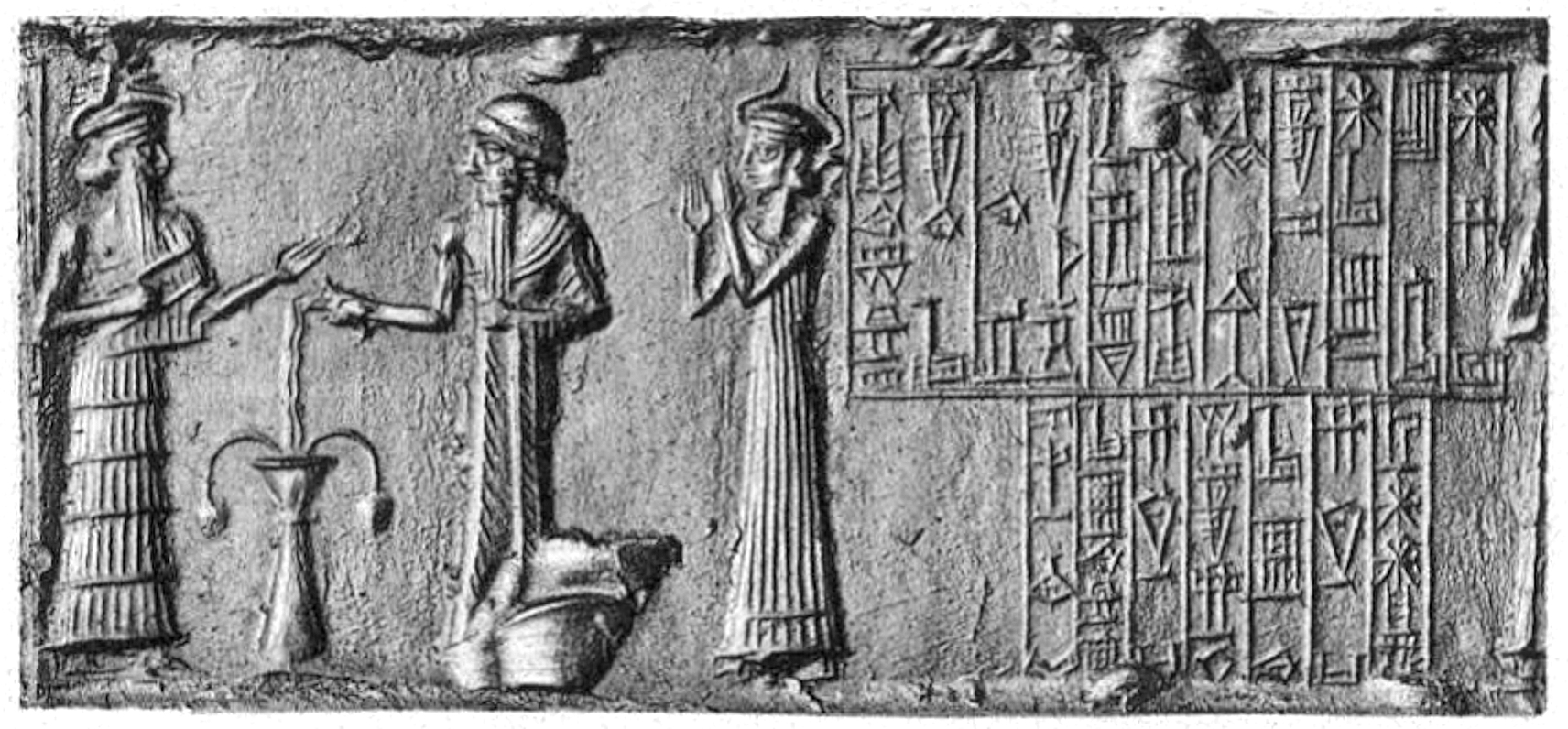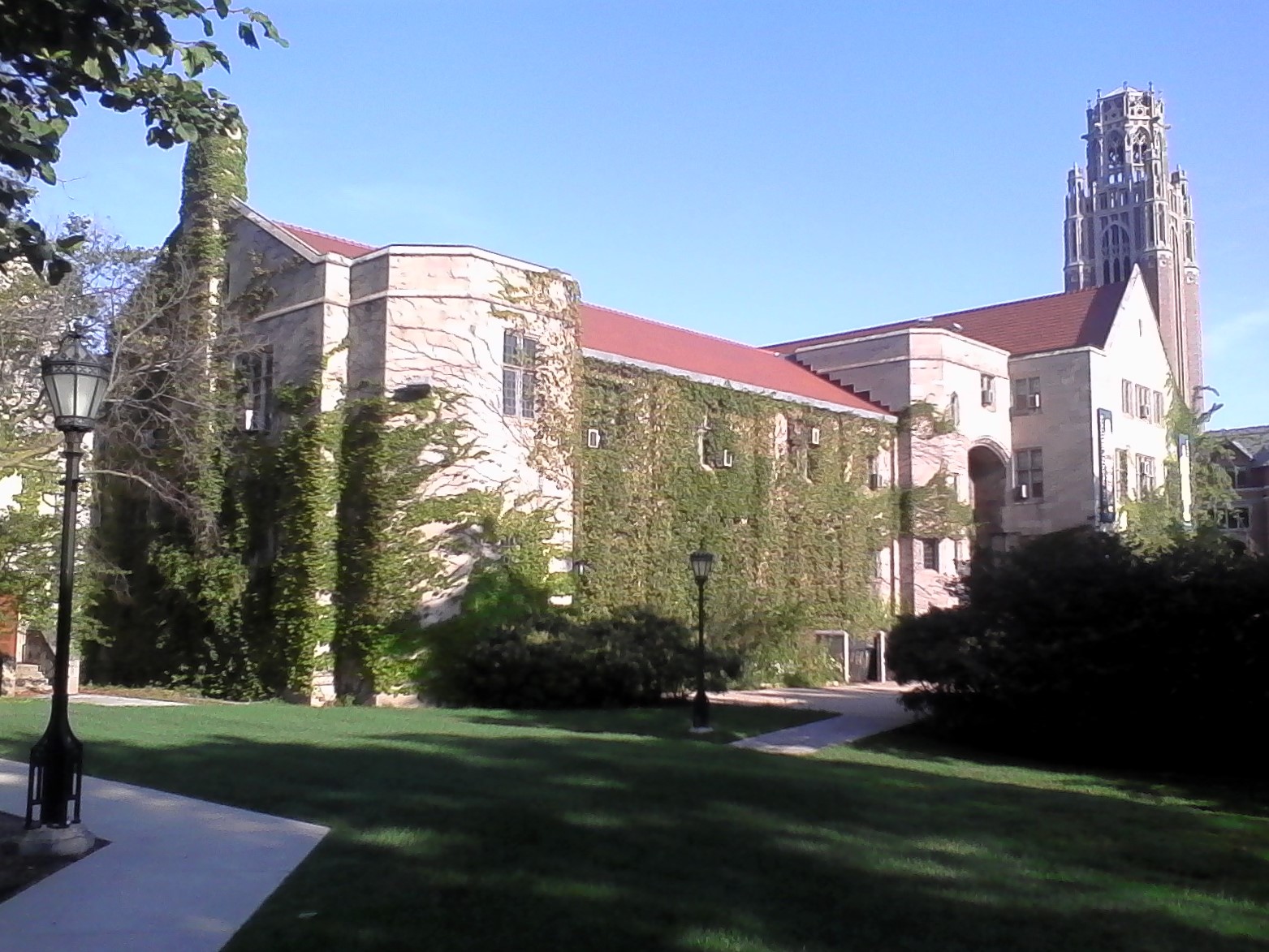|
Shulgi-simti
Shulgi-simti was the wife or concubine of Shulgi, second king of the Third Dynasty of Ur The Third Dynasty of Ur, also called the Neo-Sumerian Empire, refers to a 22nd to 21st century BC ( middle chronology) Sumerian ruling dynasty based in the city of Ur and a short-lived territorial-political state which some historians consider t .... She is known from a high number of cuneiform texts coming from her household at Puzrish-Dagan new Nippur. Her name is Akkadian, but the exact meaning is uncertain, evidently the name refers to her husband Shulgi and might be translated as ''Shulgi is my glory'', although this is only a guess. The name was given to her while she came to Shulgi. Nothing is known about her former life and her family. There is some debate about her position. Many scholars regard her as queen,Rita P. Wrightː ''Gendered Relations and the UR III Dynasty'', inː Diane Bolger (ed.)ː ''Gender Through Time in the Ancient Near East'', Plymouth, ISBN 978-07591-1092-2, p. ... [...More Info...] [...Related Items...] OR: [Wikipedia] [Google] [Baidu] |
Shulgi
Shulgi ( dŠulgi, formerly read as Dungi) of Ur was the second king of the Third Dynasty of Ur. He reigned for 48 years, from c. 2094 – c. 2046 BC (Middle Chronology) or possibly c. 2030 – 1982 BC (Short Chronology). His accomplishments include the completion of construction of the Great Ziggurat of Ur, begun by his father Ur-Nammu. On his inscriptions, he took the titles "King of Ur", "King of Sumer and Akkad" and " King of the four corners of the universe". He used the symbol for divinity ( ) before his name, marking his apotheosis, from the 23rd year of his reign. Life and work Shulgi was the son of Ur-Nammu king of Ur – according to one later text (CM 48), by a daughter of the former king Utu-hengal of Uruk – and was a member of the Third dynasty of Ur. Year-names are known for all 48 years of his reign, providing a fairly complete contemporary view of the highlights of his career. Shulgi is best known for his extensive revision of the scribal school's cu ... [...More Info...] [...Related Items...] OR: [Wikipedia] [Google] [Baidu] |
Third Dynasty Of Ur
The Third Dynasty of Ur, also called the Neo-Sumerian Empire, refers to a 22nd to 21st century BC ( middle chronology) Sumerian ruling dynasty based in the city of Ur and a short-lived territorial-political state which some historians consider to have been a nascent empire. The Third Dynasty of Ur is commonly abbreviated as Ur III by historians studying the period. It is numbered in reference to previous dynasties, such as the First Dynasty of Ur (26-25th century BC), but it seems the once supposed Second Dynasty of Ur was never recorded. The Third Dynasty of Ur was the last Sumerian dynasty which came to preeminent power in Mesopotamia. It began after several centuries of control by Akkadian and Gutian kings. It controlled the cities of Isin, Larsa, and Eshnunna and extended as far north as Upper Mesopotamia. History The Third Dynasty of Ur arose some time after the fall of the Akkad Dynasty. The period between the last powerful king of the Akkad Dynasty, Shar-Kali-Shar ... [...More Info...] [...Related Items...] OR: [Wikipedia] [Google] [Baidu] |
Puzrish-Dagan
Puzrish-Dagan (modern Drehem) is an important archaeological site in Al-Qādisiyyah Governorate (Iraq). It is best-known for the thousands of clay tablets that are known to have come from the site through looting during the early twentieth century. History of research Puzrish-Dagan came first to the attention of scholars when clay tablets coming from the site started to appear on the antiquities market in 1909-1910. Based on information from the antiquities traders who sold the tablets, Puzrish-Dagan could be identied with modern Drehem in Iraq. Since then, some 12,000 tablets thought to have come from the site have been published. The objects are scattered across numerous collections, for example those of the Royal Ontario Museum, the Oriental Institute, Harvard Museum, and the Iraq Museum. The site was surveyed by Robert McCormick Adams as part of his important archaeological work in the region. Iraqi archaeologists excavated the site in 2007 under the direction of Ali Ubei ... [...More Info...] [...Related Items...] OR: [Wikipedia] [Google] [Baidu] |
Nippur
Nippur ( Sumerian: ''Nibru'', often logographically recorded as , EN.LÍLKI, "Enlil City;"The Cambridge Ancient History: Prolegomena & Prehistory': Vol. 1, Part 1. Accessed 15 Dec 2010. Akkadian: ''Nibbur'') was an ancient Sumerian city. It was the special seat of the worship of the Sumerian god Enlil, the "Lord Wind", ruler of the cosmos, subject to An alone. Nippur was located in modern Nuffar in Afak, Al-Qādisiyyah Governorate, Iraq (roughly 200 km south of Baghdad). Occupation at the site extended back to the Uruk period, the Ubaid period, and the Jemdet Nasr period. History Nippur never enjoyed political hegemony in its own right, but its control was crucial, as it was considered capable of conferring the overall "kingship" on monarchs from other city-states. It was distinctively a sacred city, important from the possession of the famous Ekur temple of Enlil. Ninurta also had his main cult center, the E-shumesha temple, in the city-state. According to the ''Tumm ... [...More Info...] [...Related Items...] OR: [Wikipedia] [Google] [Baidu] |
Oriental Institute Of The University Of Chicago
The Oriental Institute (OI), established in 1919, is the University of Chicago's interdisciplinary research center for ancient Near Eastern (" Orient") studies and archaeology museum. It was founded for the university by professor James Henry Breasted with funds donated by John D. Rockefeller, Jr. It conducts research on ancient civilizations throughout the Near East, including at its facility, Chicago House, in Luxor, Egypt. The institute publicly exhibits an extensive collection of artifacts related to ancient civilizations at its on-campus building in Hyde Park, Chicago. According to anthropologist William Parkinson of the Field Museum, the OI's highly focused "near Eastern, or southwest Asian and Egyptian" collection is one of the finest in the world. History In the early 20th century, James Henry Breasted built up the collection of the university's Haskell Oriental Museum, which he oversaw along with his field work, and teaching duties. He dreamed, however, of establ ... [...More Info...] [...Related Items...] OR: [Wikipedia] [Google] [Baidu] |
Montserrat Abbey
Santa Maria de Montserrat () is an abbey of the Order of Saint Benedict located on the mountain of Montserrat in Monistrol de Montserrat, Catalonia, Spain. It is notable for enshrining the image of the Virgin of Montserrat. The monastery was founded in the 11th century and rebuilt between the 19th and 20th centuries, and still functions to this day, with over 70 monks. There have always been roughly 80 monks in residence. Location The monastery is northwest of Barcelona, and can be reached by road, train or cable car. The abbey's train station, operated by FGC, is the terminus of a rack railway connecting with Monistrol, and two funiculars, one connecting with Santa Cova (a shrine and chapel lower down the mountain) and the other connecting with the upper slopes of the mountain. At above the valley floor, Montserrat is the highest point of the Catalan lowlands, and stands central to the most populated part of Catalonia. Montserrat's highest point, Sant Jeroni, can be ... [...More Info...] [...Related Items...] OR: [Wikipedia] [Google] [Baidu] |
21st-century BC People
The 1st century was the century spanning AD 1 ( I) through AD 100 ( C) according to the Julian calendar. It is often written as the or to distinguish it from the 1st century BC (or BCE) which preceded it. The 1st century is considered part of the Classical era, epoch, or historical period. The 1st century also saw the appearance of Christianity. During this period, Europe, North Africa and the Near East fell under increasing domination by the Roman Empire, which continued expanding, most notably conquering Britain under the emperor Claudius (AD 43). The reforms introduced by Augustus during his long reign stabilized the empire after the turmoil of the previous century's civil wars. Later in the century the Julio-Claudian dynasty, which had been founded by Augustus, came to an end with the suicide of Nero in AD 68. There followed the famous Year of Four Emperors, a brief period of civil war and instability, which was finally brought to an end by Vespasian, ninth Roman emperor, a ... [...More Info...] [...Related Items...] OR: [Wikipedia] [Google] [Baidu] |
21st-century BC Women
The 1st century was the century spanning AD 1 ( I) through AD 100 ( C) according to the Julian calendar. It is often written as the or to distinguish it from the 1st century BC (or BCE) which preceded it. The 1st century is considered part of the Classical era, epoch, or historical period. The 1st century also saw the appearance of Christianity. During this period, Europe, North Africa and the Near East fell under increasing domination by the Roman Empire, which continued expanding, most notably conquering Britain under the emperor Claudius ( AD 43). The reforms introduced by Augustus during his long reign stabilized the empire after the turmoil of the previous century's civil wars. Later in the century the Julio-Claudian dynasty, which had been founded by Augustus, came to an end with the suicide of Nero in AD 68. There followed the famous Year of Four Emperors, a brief period of civil war and instability, which was finally brought to an end by Vespasian, ninth Roman ... [...More Info...] [...Related Items...] OR: [Wikipedia] [Google] [Baidu] |

.jpg)


